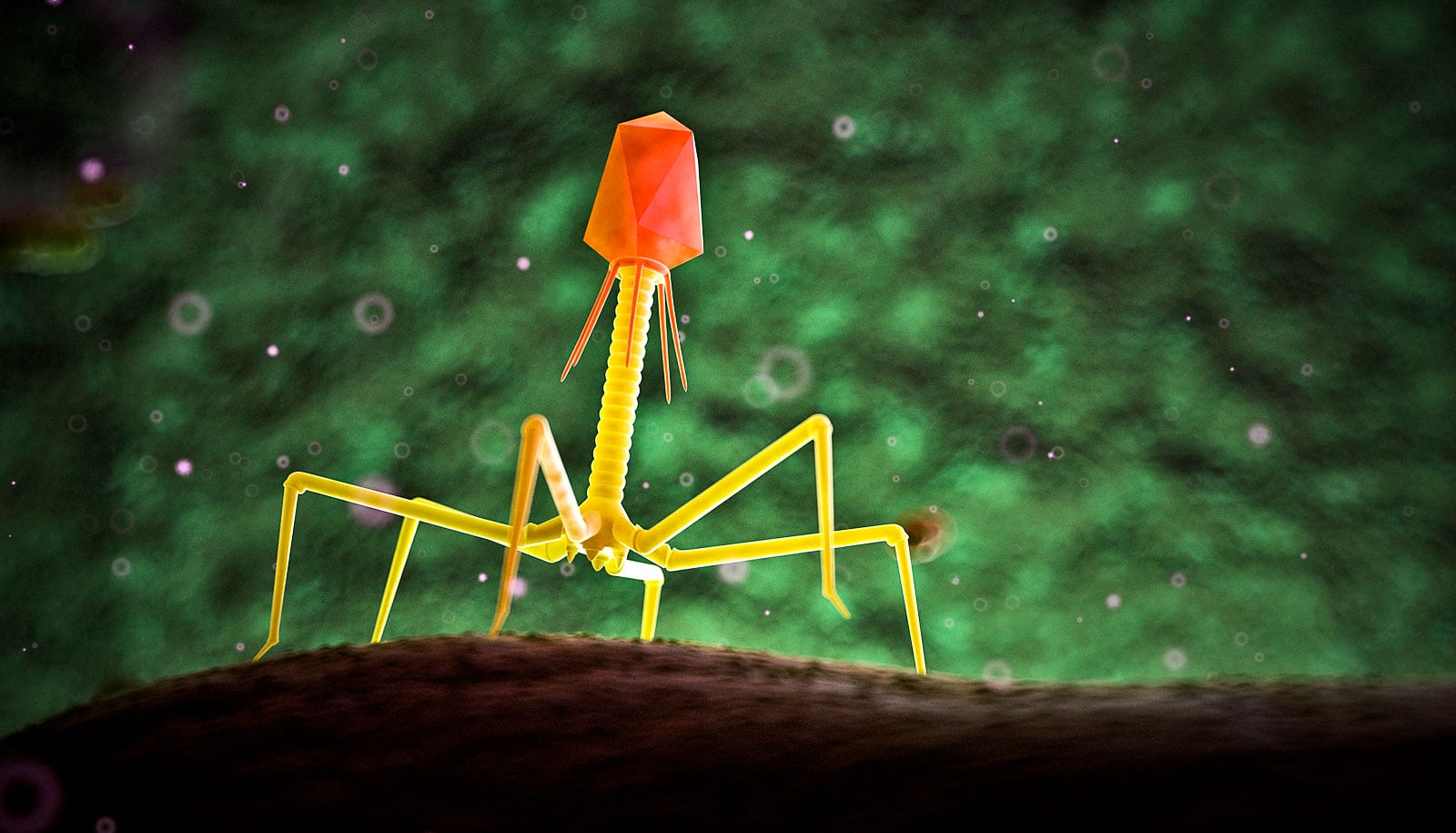New research sheds light on why patients who survive a severe infection or physical inflammation, such as pneumonia from the flu, may be more vulnerable to secondary infections in recovery.
“This new knowledge is changing our thinking about how best to manage patients after their infections.”
Researchers discovered that the initial infection paralyzes our immune system, inhibiting its ability to fight off subsequent infections. The findings raise questions about treatments inside Intensive Care Units (ICU) following acute infection, sepsis (inflammation), and even severe trauma.
“Flu deaths are commonly caused by lower respiratory tract infections and pneumonia—a leading cause of death from infectious disease,” explains research leader Jose Villadangos, who is based jointly at the Peter Doherty Institute for Infection and Immunity and the Bio21 Institute at the University of Melbourne.
“The risk of pneumonia is particularly high for critically ill patients recovering from their first flu infection episode,” he says. “After an initial severe infection, patients may be at high risk of contracting secondary infections and developing fatal pneumonia.”
“We have discovered that recovery from the viral infection leaves an ‘immunological scar’ that reduces the immune system’s capacity to launch protective responses against subsequent infections,” says Villadangos.
Immune system malfunction
“We are not evolved to survive the level of inflammatory assault that would send a person to ICU. Modern medicine in ICU is the only reason we survive,” Villadangos explains. “But this comes at a cost: the same processes that are normally at work to stop inflammation after the resolution of infection, ‘overshoot’ in ICU survivors, leaving them immunosuppressed.”
It means that as a person recovers from their primary infection, their immune cells are less able to activate their immune system.
“We have termed this phenomenon ‘immunological paralysis,” Villadangos explains. “This new knowledge is changing our thinking about how best to manage patients after their infections.”
The research, based on tests in mice and observations in patients, was led by Villadangos with Antoine Roquilly, who is now based at the University Nantes in France.
“We found that, following a primary infection, immune cells became ‘paralyzed…'”
To uncover the mechanism for the immunosuppression, the researchers measured the levels and activity of immune cells responsible for fighting infection.
They also looked at the levels of certain messenger molecules called cytokines and other factors that activate or suppress the immune system.
“We found that, following a primary infection, immune cells became ‘paralyzed’ and unable to alert or activate the immune system to another invading pathogen threat,” says Roquilly.
“Following a primary infection, the immune system essentially undergoes a reprogramming that can persist for weeks and cause immunosuppression, increasing susceptibility to further infections,” says Villadangos.
Clinicians have traditionally blamed weakened immune barriers (such as the mucus membrane and lining of the lungs) for patients’ rapid descent back into severe illness after a brief, illusory recovery.
“That may be true, but our research suggests defective regeneration of the immune system means it happens more often and more severely,” he says.
The immunosuppression is similar to that organ transplant and blood cancer patients experience.
“Crucially, they are sitting ducks for commensal flora—the everyday bacteria that we cope with easily when healthy—to become life threatening,” explains Villadangos.
Supporting the immune system
Managing patients after recovery from pneumonia or sepsis (an extreme response to an infection that is potentially life-threatening) is a balance between preventing new infections and managing inflammation.
“When our body is injured or invaded by pathogens, our immune system responds by releasing cytokines that stimulate an inflammatory response,” explains Villadangos.
Universal vaccine could target flu virus ‘stalk’
The symptoms patients experience during inflammation include heat, pain, redness, and swelling. This is due to cytokines immune cells releasing that increase blood flow through our arteries to allow them to quickly travel to the site of injury and infection to attack invaders and begin repairs.
During sepsis, it is not only the pathogen, but also inflammation that wreaks destruction in the body. Like a controlled-burn that has jumped containment lines, the body’s own immune cells go into overdrive.
To manage this risk, immunosuppressive drugs have become standard clinical practice. But these further lower the immune system’s already compromised ability to fight any secondary infection the patient may experience.
“We need to change our approach to treating people in ICU after severe infection,” says Villadangos. “The current focus is on dampening the immune system. While this is necessary to prevent organ damage by excessive inflammation, we also need to avoid establishing an ‘immunological scar’ that leaves patients susceptible to secondary pneumonia.”
Instead, the goal should be supporting the immune system to better fight secondary infections in sepsis patients.
“In these sorts of clinical situations there is always a balance between harnessing the powers of the immune system without unleashing its destructive forces.
Flu pandemic risk spikes in spring not winter
“We are now researching how we can use cytokines to reprogram the immune system to better respond to infections after acute inflammation, to translate these findings into the clinic,” says Villadangos.
The researchers report their findings in the journal Immunity.
Source: Florienne Loder for University of Melbourne



